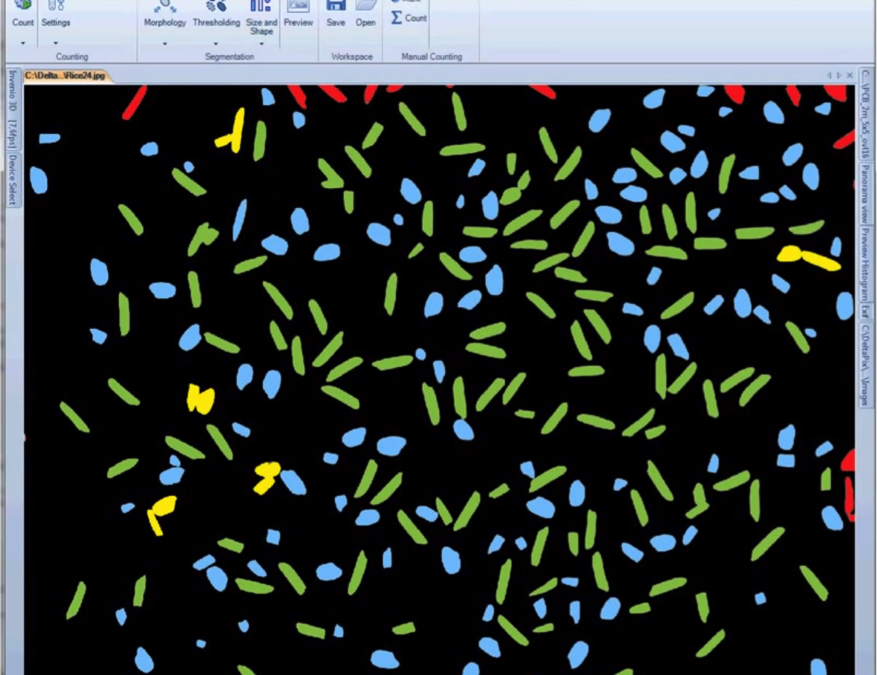Object Counting In Image Processing
Object counting, which is the estimation of the number of objects in a still image or video frame, is a tedious and time consuming task in image processing. It appears in a wide range of domains: biology (cell counting in microscopic images), surveillance systems (crowd monitoring), biodiversity (animal population study), agriculture (counting the number of trees in an aerial image of a forest), marine science research (fish population estimation), etc. Object counting is important for quantitative analysis that depends on estimation of certain elements. The traditional method for object counting is manual. There are many limitations related with manual counting; limited amount of data can be analyzed manually, continuous manual counting leads to eye fatigue and affects the accuracy of results, the process of counting objects is not always straightforward or trivial, even performed manually. Therefore, manual method must be replaced by automated ones as the results of this method are erroneous and time consuming. Mosquitoes and other blood-feeding insects are considered one of the most creatures on the planet because of their ability to spread deadly diseases. Biologists are trying to find solutions to prevent, control or treat these diseases. Mosquitoes host seeking behavior is important as it is at the core of the processes involved in the contact between a fly and a human. In laboratory conditions, it is easy to have thousands of mosquitoes under different experimental conditions. One of these experiments aims to discover the reaction of mosquitoes around different odors, for which a special environment called arm-in-cage is created and the mosquitoes behavior is captured in a video. The count of the mosquitoes is used to describe the interest of the mosquitoes to each odor. In this work, we present an automated object counting method for counting mosquitoes captured in video, recorded in arm-in-cage environment. In our automated approach the softmax classifier with a sliding window technique is used to detect mosquitoes. Next NMS (non-maxima suppression) method is used to eliminate over-detection resulting from the sliding window technique.The results of the NMS method correspond to the final mosquito counts. We demonstrate our method on multiple videos collected by biologists which have been analyzed manually. Our automated method provides very close to manually obtained ground-truth results. The results of this study would be of considerable importance to biologists by presenting a fast and accurate method for estimating mosquito counts compared to existing manual processes.



